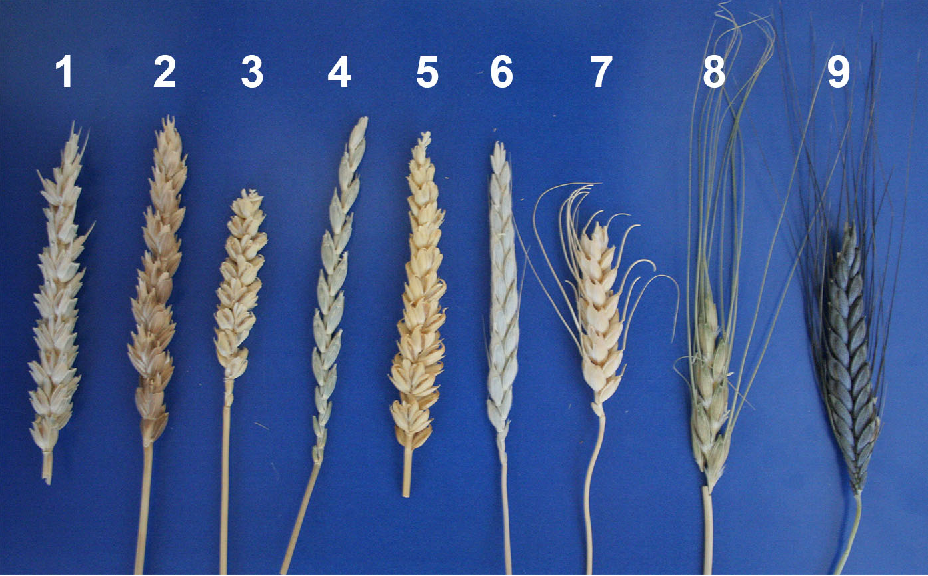16 March 2022
Let us talk about wheat


We have sold wheat for some time as a complementary product. Kibbled Wheat. Hard Wheat Grains. Wheat Flour. What I didn't know about the product could no doubt fill a few libraries. Our core focus has historically been on pulses.
However, the decision to focus more on specialty seeds and to work with Austgrain on supporting their distribution of Purple Wheat posed a question for me – how exactly is their wheat different from what we already sell?
Turns out there is a long, complex, and controversial history around wheat and yes – you guessed it, not all wheat is equal. Beyond the arguments around paleo, keto, and other diets I have learnt it is not just what you eat, but the quality of the food itself.
I also learnt a few 'marketing' tricks that most might find a little confusing:
Whole grain doesn't mean whole grain
Sourdough doesn't necessarily mean it is sourdough
Turns out most leading dieticians now say you should eat real sourdough bread (fermented for 60 minutes at least) that uses truly wholegrain flour – preferably organic. There is increasing suspicion that the rise in several allergies and other medical conditions could be derived from humble products like bread.
There are many articles that can be found on this topic. But if you want to start your research checkout the following topics:
Germ, bran and endosperm in wheat
Impact of refined flour (with hardly any bran/germ) impact on blood sugar and insulin
Nutrient deficiencies in refined flour and fallacy on enriched products
Adding back in germ/bran after refining doesn't really make it whole grain
Ancient purple wheat, heirloom white and khorasan varieties all have wheat varieties that, unlike the dominant short wheat variety that was specifically cultivated in the 1950's, are not optimised for acreage yield and hardiness in multiple climates.
If you really want to dig into wheat, you discover a few interesting facts:
Modern cultivated wheat has a much larger genome than humans
Norman Borlaug won a Nobel peace prize for his cereal grains innovations
There is a sourdough library run by Puratos and a fine heritage to sourdough starters